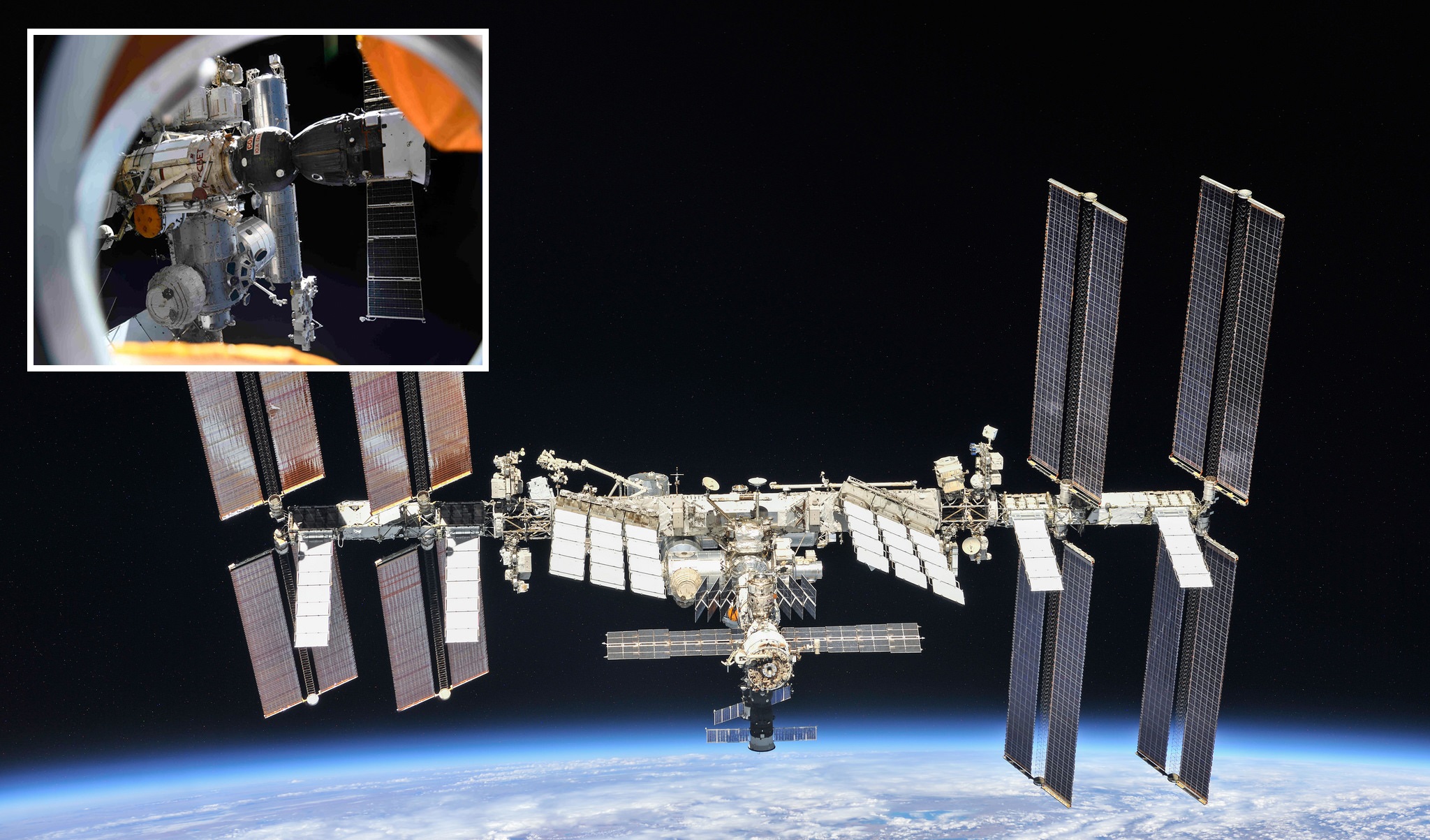The Zarya module may be permanently disconnected from the International Space Station/NASA.
In case of an emergency, the Russian Zvezda module is waiting for permanent isolation. If the crew is unable to stop the leak, NASA will take such action.
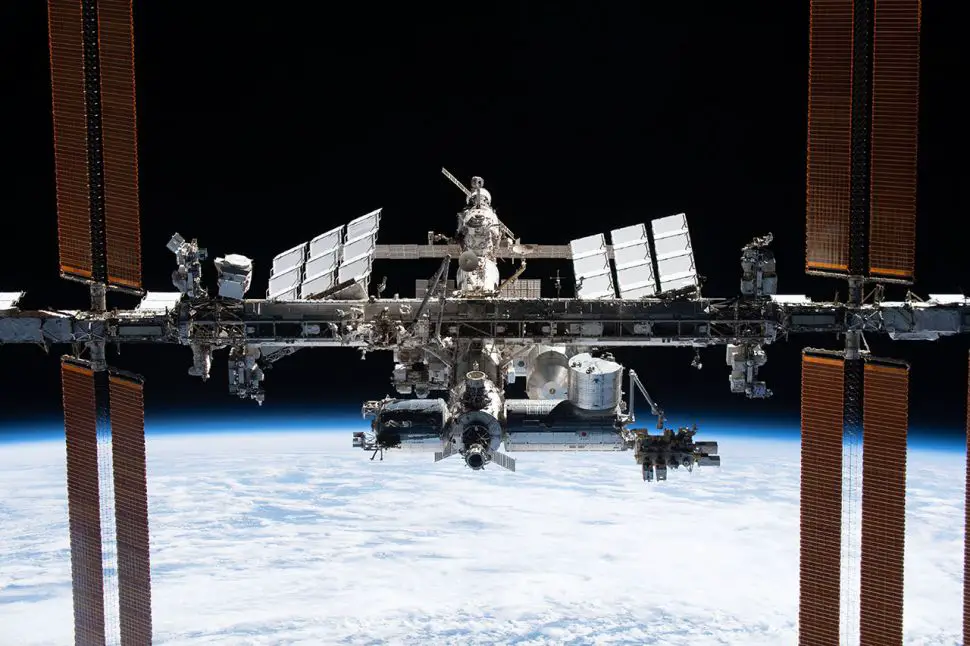
NASA’s Director of the International Space Station Program, Robin Gatetens, made the announcement. He underlined that the leak is so little that detectors and ultrasound diagnostics are ineffective in detecting it.
Zvezda is the Russian component of the International Space Station’s main module. These include systems for flight control, life support, a power and information center, and astronaut cabins.
This is one of the space station’s older components. It was discarded from the International Space Station in July 2000, after serving for more than 21 years.
The module was first developed during the Soviet era, with the intention of being an important element of the projected Mir-2 station.
In 1985, her body cooked. The module was completed, modified, and integrated into the new station following the fall of the USSR and the reorientation of the ISS project.
For numerous years, air leaks in the module have been repaired. Since at least 2019, there have been reports of depressurization on the International Space Station.
The leak became more serious in August 2020. The air was leaving Zvezda, according to Roskosmos. The continual shutting of the station compartments in both the Russian and American sections made it possible to determine that the air was leaving Zvezda.
On October 9, 2020, cosmonaut Ivan Vagner plugged two suspected leaks using modeling clay given by American astronauts. Using a teabag, astronauts discovered a new probable leak in the Zvezda transition module: they launched it in zero gravity and tracked its passage using air currents.
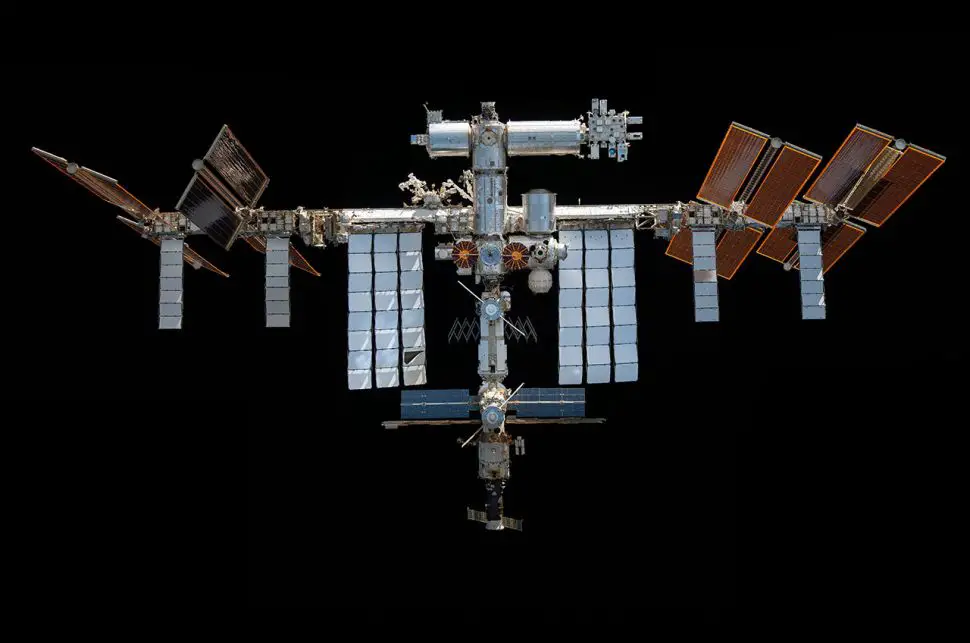
This time, a special adhesive tape was used to patch the hole in the hull of the Zvezda. This strategy was ineffective as well. In November 2020, a special patch consisting of rubber and aluminium foil was delivered from Earth to seal the fracture, however this could not cure the issue. The astronauts employed mastic-based glue, film, and numerous coatings of sealant to cover holes in the hull in March 2021.
The flight director of the Russian part of the ISS, Vladimir Solovyov, reported in January 2021 that the air pressure in the station was dropping by 0. 4 mm Hg every day owing to a leak, which is comparable to a hole with a diameter of 0.2 mm. The air leaks had been decreased three times by spring, but they had not totally stopped.
In December 2021, cosmonauts Anton Shkaplerov and Pyotr Dubrov discovered the final leak in Zvezda. Dmitry Rogozin, the chairman of Roskosmos, acknowledged Zvezda’s concerns in his New Year’s greetings to the astronauts.
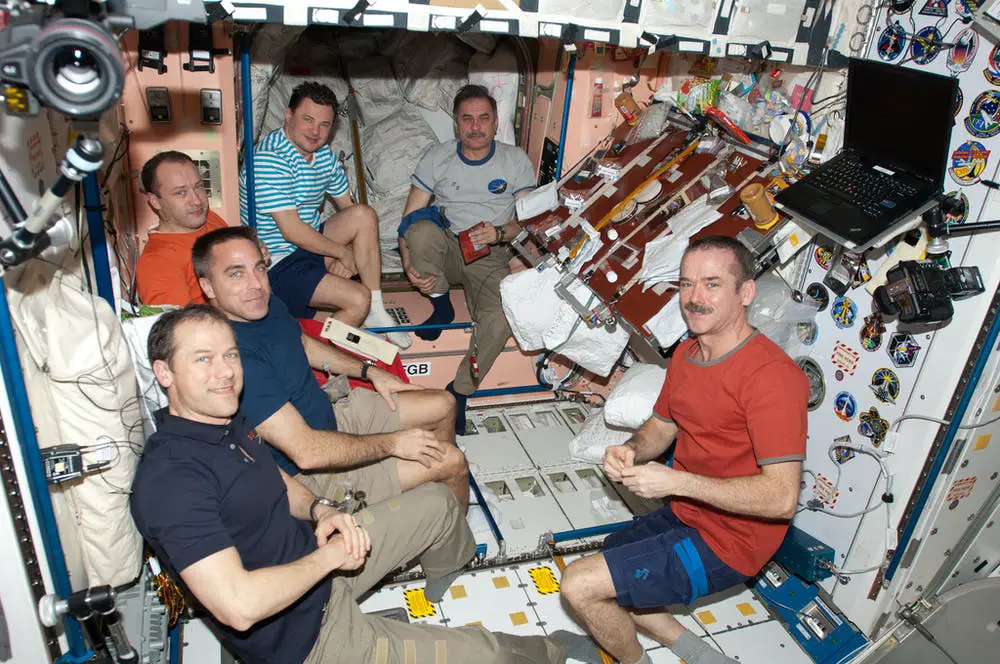
“I want your house to be pleasant so you can address the issues you discovered there, both in terms of equipment and the structure itself,” he stated.
The administration of RSC Energia notified Rogozin that the cosmonauts “discovered certain faults and knew how to remedy them,” according to Rogozin. Roskosmos assured that the funding needed to fix the station’s leak will be delivered by the next Progress ship. The next Progress is scheduled to reach orbit in mid-February, according to the state corporation timetable.
NASA CONFIRMS RUSSIAN ASAT TEST INCREASED ISS DEBRIS RISK
Because of Russia’s latest anti-satellite test, NASA announced today that the chance of orbital debris infiltrating the International Space Station has risen.
The seven crewmembers, including two Russians, were forced to stay in place for a day until the immediate danger passed, while shards from the wrecked Russian satellite flew towards the ISS. However, the growth in the background debris field poses a long-term concern. Officials from the United States and other experts have called for a halt to debris-generating ASAT testing.
The Russian ASAT test on November 15, 2021, forced the Expedition 66 crew to implement safe haven procedures, closing hatches to parts of the ISS and sheltering in the Soyuz and Crew Dragon spacecraft that could return them to Earth if things went wrong, NASA ISS Program Director Robyn Gatens told a NASA advisory committee today.
Russia denied that the test put the crew in danger, but Gatens claimed the risk of debris entering the ISS has now risen to one chance in 25,000-33,000 orbits, compared to one chance in 50,000 orbits before the test. The ISS completes about 6,000 orbits each year.
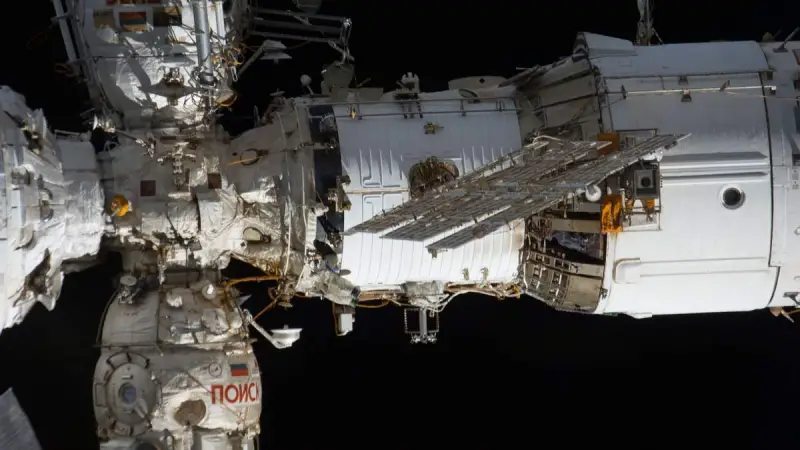
Orbital debris is becoming a greater hazard to the long-term usage of space, and kinetic-energy ASAT (KE-ASAT) experiments conducted by China, India, and Russia since 2007 have significantly increased the amount of trash in low Earth orbit.
The US Burnt Frost exercise in 2008 produced debris as well, however, it has all been reentered since then. Some believe it was an ASAT test, while others believe it was a necessary precaution to safeguard the world’s population from hazardous chemicals discharged during an uncontrolled reentry by a malfunctioning US military satellite.
The Secure World Foundation keeps track of how much debris was generated and how much is still in orbit as a result of the KE-ASAT experiments. Since the dawn of the Space Age, the United States and the Soviet Union have tested ASAT systems, but there was a long hiatus after the Cold War ended, broken only by China’s test in 2007.
The SWF claims that the test produced 3,537 pieces of trackable debris, 2,809 of which are still in orbit today. The United States’ Operation Burnt Frost in 2008 produced 174 pieces, but none of them have survived. Only 11 of the 130 fragments generated by India’s 2019 test are still in orbit.
The database has not yet been updated to reflect Russia’s current test, but the US Space Command said that 1,500 fragments were monitored, with hundreds of thousands of smaller bits expected to result from the test.
Last week, President Biden’s nomination for Assistant Secretary of Defense for Space Policy joined others advocating for a stop to ASAT experiments that produce debris. John Plumb applauded Deputy Secretary of Defense Kathleen Hicks’ request for all nations to stop conducting such testing during his confirmation hearing.
“I completely agree with Deputy Secretary Hicks’ statement during the Biden Administration’s first National Space Council meeting that the Department of Defense supports a global moratorium on kinetic antisatellite experiments.”
A group led by former Deputy Assistant Secretary of Defense for Space Policy Doug Loverro has recently urged the US to take the first step by declaring a unilateral ban, and Victoria Samson and Brian Weeden of the Secure World Foundation argued for a global ban in a recent issue of Scientific American.
Meanwhile, the International Space Station (ISS), which is a joint project including the US, Russia, Japan, Canada, and 11 European nations and is managed by the European Space Agency, seems to be unaffected by the debris danger or terrestrial geopolitical tensions.
Tomorrow, Shkaplerov and Dubrov will go on a spacewalk with the help of their American and European colleagues inside the space station, which will be shown live on NASA TV.

